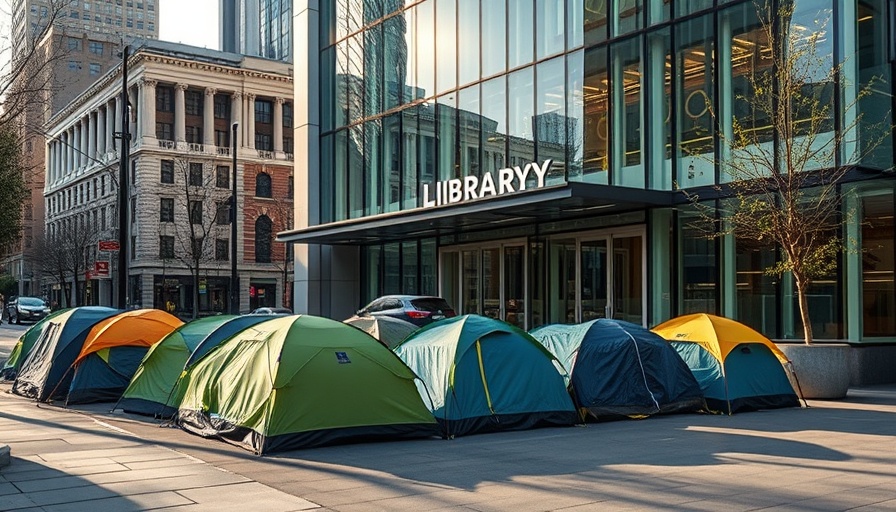
Understanding the Tragic Incident at Lincoln Park
The senseless murder of a homeless man in Lincoln Park on August 28 has sent shockwaves throughout the Long Beach community. As details about the alleged shooter, Billy Zepeda, emerge, the case raises important questions about public safety and the need for community support for vulnerable populations.
The Events of that Fateful Day
According to police reports, around 4:20 p.m. on that fateful afternoon, 49-year-old Billy Zepeda rode his bicycle into Lincoln Park, spotted 50-year-old Randy Powell sitting alone, and then commited an unprovoked act of violence. Witnesses recount the chilling moment as Zepeda dismounted, pulled out a handgun, and shot Powell in the back of the head at close range, before pedaling away.
Who Was the Victim?
Randy Powell was known to frequent Lincoln Park, often seeking refuge in its tranquil environment. Described by locals as a gentle presence and a victim of circumstance, Powell's life was cut tragically short by a violent act that seemed random and unprovoked. As the community remembers Powell, it sparks conversations around the desperate needs of the homeless population in Long Beach.
Who Is Billy Zepeda?
With a criminal background dating back to 1999, Zepeda is no stranger to the criminal justice system. His past includes felony counts for robbery and assault, painting a picture of a repeat offender whose dangerous tendencies had turned fatal. Arrested on September 2, Zepeda's apprehension was aided by security footage and prior police records, revealing the ties to his notorious Long Beach gang affiliations.
The Broader Implications of This Incident
This tragedy highlights a disturbing trend regarding violence against marginalized individuals in society, particularly against the homeless community. With crime rates on the rise, local leaders and citizens alike are beginning to question the adequacy of existing measures to ensure safety and support for those living on the streets.
Analyzing Local Responses and Future Actions
As Zepeda awaits his court date on October 28, many are left wondering what measures are being taken to address violence in public spaces. Advocating for improved community programs, outreach efforts, and educational initiatives may prove crucial. Such actions can help combat the prejudice that often leads to unprovoked violence against vulnerable individuals.
Seeking Justice and Community Healing
The Lincoln Park murder has ignited conversations about justice for homeless individuals and community responsibility. Advocacy groups are calling for action, pushing for local government officials to prioritize policies that safeguard public spaces and protect those such as Randy Powell, who only sought peace in their lives.
Conclusion: From Violence to Vigilance
This heartbreaking incident serves as a call to action for Long Beach residents. It is essential that we shine a light on the needs of the homeless community while also addressing violent crime indiscriminately affecting bystanders. Finding common ground in healing and advocacy can drive change while ensuring that such tragedies do not repeat.
 Add Row
Add Row  Add
Add 




Write A Comment